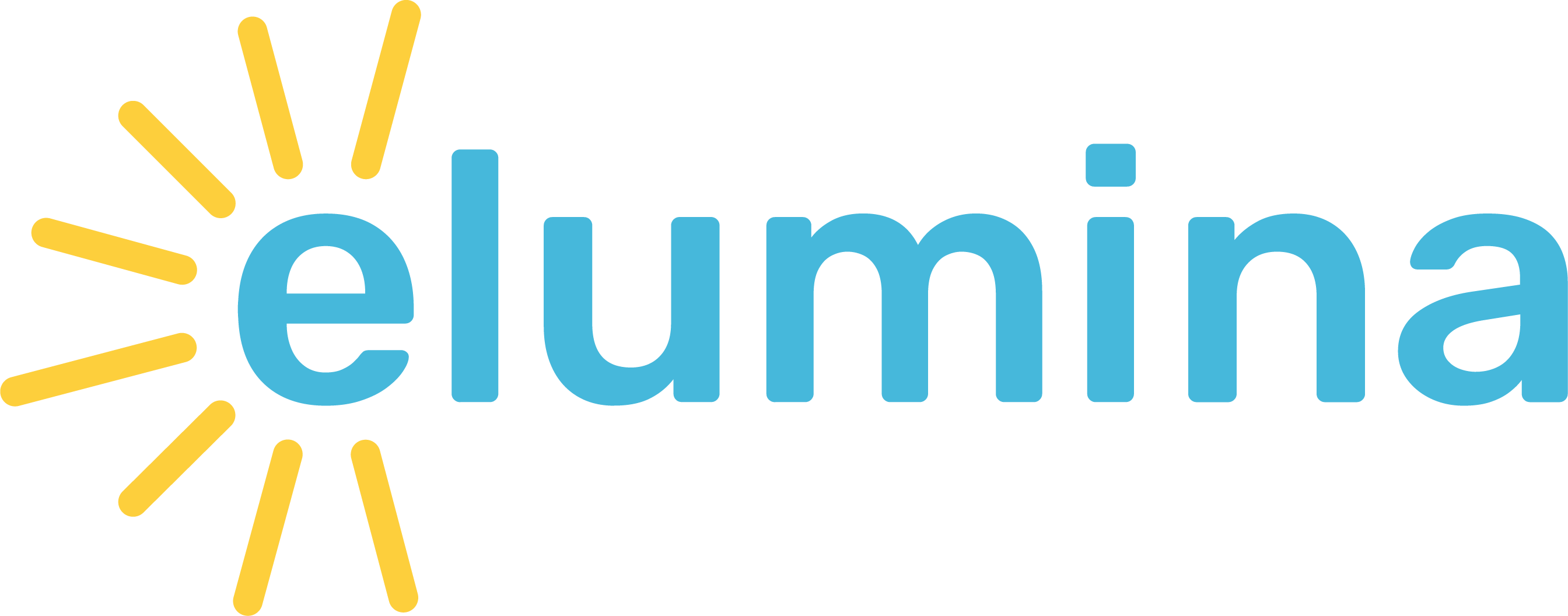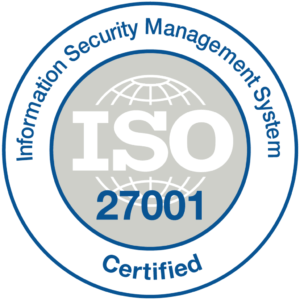
“The interwoven learning, well-being and equity agenda, and the corresponding system changes that will be required to enact it, is about the future of humanity itself” (2)
It is no surprise to anyone that the pandemic has disrupted many industries and sectors of society at varying levels, and in the process, revealed their fault lines and forced us to change our course of operations.
This has been no different for the education sector; educators have had to pivot from traditional learning settings to remote learning as a response to the fast-moving pandemic. In most cases, public and private partnerships have helped filled the gaps to provide a rapid and seamless remote learning experience to students.
We can safely say that technology has been a blessing during these trying times, especially within the education sector. With the help of elearning tools, education initiatives have harnessed the advanced capabilities of technology to create integrated and engaging learning environments for students.
However, many have struggled with meeting their needs, leaving us with concerns on issues of capability, access, and equity.
Remote learning has created an added burden for educators to incorporate technology into their teaching methods; a skill many may be unfamiliar with. From a student’s perspective, many students, especially in third-world countries, and lower-income backgrounds, don’t have access to computers and/or the internet – key tools required for online learning.
Without a template on how to proceed here on out, educators are left asking the question, “Will education ever be the same?”.
This is where hybrid learning comes into play.
What is Hybrid Learning?
While there isn’t a single definition for the term, hybrid learning is loosely described as a combination of best practices in traditional “classroom” learning settings and digital learning. Recent times have proved to us that blended learning models or hybrid learning are an opportunity for the education sector to reimagine education for future generations.
Studies have suggested that combining traditional and digital learning are as effective as classroom learning when factors such as engagement, peer interactions, and support are integrated into the model. Humans are intrinsically social beings and connectedness is a key aspect of effective learning which can very easily be supported though AI in blended learning environments.(1)
“The prevailing model of schooling was built on two organizing (and confining) constructs: time (when kids learned) and space (where they learned). These two constructs were useful in the 1800 and 1900’s but the COVID disruption has rendered them redundant. Students can learn and demonstrate this learning without bricks and mortar or bell times. With digital and deep learning, students can learn where they are. Students can learn when they are ready.” (2)
Education reimagined
Before we answer the question, ‘how do we reimagine education?’ we have to ask ourselves what the skills are that students need to thrive in the real world, now and in the future, and how we can help them best to achieve those skills through hybrid learning practices.
“Students who thrived in the remote environment during the pandemic, demonstrated competencies such as critical thinking, creativity, resilience, independence as learners, self- regulation, cognitive flexibility and perseverance.” (2)
Remote learning has brought a focus on soft skills that often lacking in classroom learning settings. These skills are said to change learners’ behaviour and perspective, allowing them to foster a sense of purpose and meaning to their learning and cultivate motivation to learn further – all of which are attributes that are critical to employability across industries and key components to succeed in the real world.
Another key aspect of blended learning is the ability to learn through a means of personalised learning as opposed to traditional automated learning or random acts of learning. Blended learning, when created with a learner centric approach, will allow learners to act consciously on when and how they learn – it gives them autonomy and a voice to be their own change agents while developing a sense of efficacy that eventually allows deep learning.
“Students who receive personalized instruction perform better than 98% of traditionally taught students.” (3)
All of this may lead one to believe that the role of an educator will be made redundant owing to automated learning practices, however, this is far from reality. From an educator’s standpoint, blended learning will necessitate the role of educators to be that of activators of learning from the previous role of being deliverers with educator-student relationships remaining key to the model’s success.
The model will allow for a student led – educator driven approach where educators are the voice that connects students to meaningful real-world learning and problem-solving methods and technology will be the means via which this can be achieved. Teaching practices can be personalised by educators based on student interests, needs, learning speed and cognitive capabilities, enabling us to moving away from a ‘one size fits all’ approach used in traditional classrooms.
A recent survey had shown that 51% of educators believe that remote learning has helped them build strong, individual relationships with their students and using the right technology in teaching has helped them save up to 30% of their time. (3)
Where do we go from here?
The pandemic has forced change on multiple fronts – in the education space, though experimental in the current moment, we can see a viable alternative to education emerge. Education reforms have been a topic a discussion for decades now and the pandemic has brought attention to this.
Needless to say, technology will be the pillar that supports the hybrid learning model. If we manage to find the right balance between in-person practices such as collaborative/group learning exercises, student-led activities and class engagement along with personalized digital learning practices, we will not only allow learning to become an ubiquitous practice, we will also allow students to build a sense of purpose and flourish in aspects such as creativity, exploration, and self-development. How assessments are conducted will change too with the help of AI in grading and providing feedback to students – giving them a chance to improve upon their learnings.
Understanding that learning isn’t based on a fixed set of facts or self-contained subjects is pivotal to enabling change in how we learn and focusing on aspects of learning such as self-updating, independence and flexibility are what will make education effective and enjoyable for future generations.
Garth Hehir
Director of Sales
References
- Australian Academy of Science. Learning outcomes for online versus in-class education. Canberra: www.chiefscientist.gov.au; 2020.
- Fullan M, Quinn J, Drummy M, Gardner M. Education Reimagined; The Future of Learning [Internet]. New Pedagogies for Deep Learning and Microsoft Education; 2020. Available from: http://aka.ms/HybridLearningPaper
- Preparing the Class of 2030 [Internet]. Edudownloads.azureedge.net. 2020 [cited 30 September 2020]. Available from: http://edudownloads.azureedge.net/msdownloads/Microsoft_Education_Classof2030.pdf
Learn more about Elumina’s online assessment solutions here: Digital Assessments

 1300 313 368
1300 313 368 sales@eluminaelearning.com.au
sales@eluminaelearning.com.au 1 Margaret Street, Sydney, NSW
1 Margaret Street, Sydney, NSW
Recent Comments